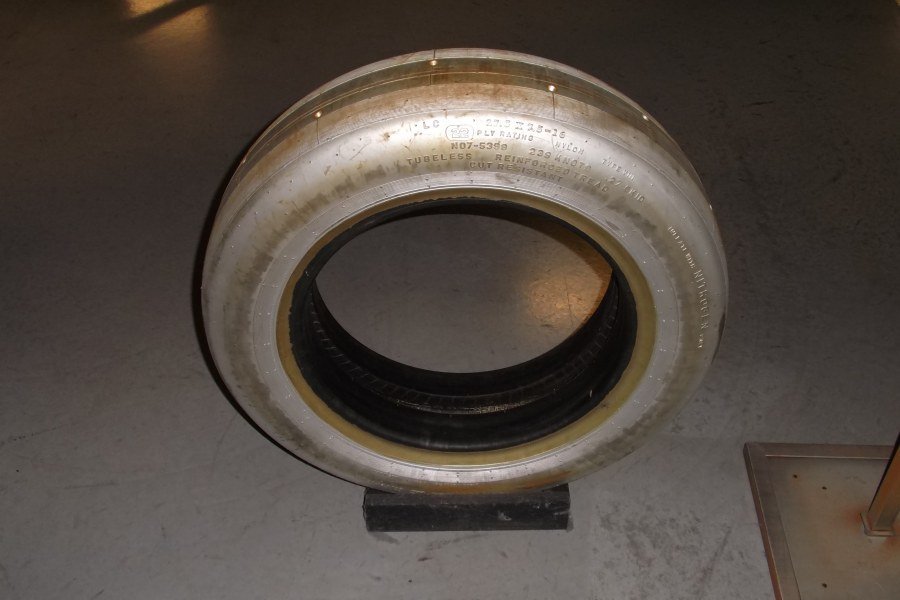The US Air Force (USAF) retired its fleet of SR-71s on January 26, 1990, although the U-2 is still in use today
Before Gary Power’s U-2 was shot down, development on a breakthrough spy plane had already started at Lockheed’s famed Skunk Works in Burbank. This unique aircraft had to fly higher, faster, and with a minimal radar cross section (RCS) than any other aircraft.
The SR-71, also called the “Blackbird,” was developed from the Lockheed A-12 and YF-12A aircraft. It made its first flight on December 22, 1964, and the 4200th (later 9th) Strategic Reconnaissance Wing at Beale Air Force Base, California, received the first SR-71 to enter service in January 1966.
Throughout its nearly 24-year career, the SR-71 maintained its position as the fastest and highest-flying operational aircraft in the world, reaching a maximum speed of Mach 3+. It could cover 100,000 square miles of the Earth’s surface per hour from 80,000 feet. The U-2 Dragon Lady, on the other hand, can reach a top speed of 410 mph and fly above 70,000 feet. Nevertheless, the US Air Force (USAF) retired its fleet of SR-71 aircraft on January 26, 1990, but the U-2 is still in use today.
Why is that? What is so special about the U-2?
‘Mostly expense,’ Damien Leimbach, former USAF Avionics Technician, says on Quora.
‘The SR-71 was insanely expensive to fly.
‘For a mission over a target in the Middle East with the planes based in England, it needed to have multiple airliner-size aircraft in the air to support it. ‘It was not capable of taking off with a full load of fuel (or rather, not advisable for many reasons), so in order to take off, there had to be a tanker waiting in the air to top it off once it got airborne. It would then make a high-speed run to the target zone, where it would meet up with another tanker before doing its Mach 3 run over the target. It would then need to tank up again once the recon run was done for the trip home, and then there would still be a tanker in the air on standby in case it needed gas before landing or in case it needed to divert for weather or something. So that’s a minimum of four airliner-sized support aircraft, including all of their parts, fuel use, and crew, flying out of a minimum of two different bases just to make a single SR-71 operational mission happen. And that’s on top of all the crew, fuel, parts, and mechanics just to operate the SR-71.
‘This is true for operational missions and usually true just for training runs back home as well. The planes were stationed at Beale AFB in California, and there was an entire squadron of tankers stationed there just to support the SR-71.

‘(Notice all the tankers in the back? They were there just for the SR-71)
‘They also had a squadron of T-38s there so the pilots could get their minimum training hours (night, instrument, supersonic, cross-country) in each month without having to fly the more expensive SR-71.’

Leimbach continues;
‘So that’s TWO ADDITIONAL squadrons of aircraft that have to exist just to support SR-71 training operations back at home station, complete with all the parts, fuel, mechanics, housing, etc., etc. for those extra planes. And that’s not even taking into account the specially formulated radioactive jet fuel it used. The list of special oils, lubricants, and tires the SR-71 needed to be able to operate in those flight regimes (Mach3.2 at 80K feet) alone made the SR-71 ruinously expensive to fly per hour.

‘(Aluminum mixed with latex so the tires could take the 400 °F temperatures in the wheel wells.)
‘Contrast that with the U-2, which only needs a crew of one, could easily be forward-based, and could take off on a single load of fuel good enough to keep it in the air for 14 hours. For training missions back home, just put less gas in it and let the pilot take it for a spin. A refueling plane does not need to be up just for the thing to take off. A U-2 would use less fuel on a 14-hour mission than the SR-71 did just taking off.
‘There really was no technology gap between the SR-71 and other planes like the U-2 as far as cameras, sensors, or EW suppression. The U-2 has been upgraded many, many times since the 1990s, when the SR-71 was retired. Cockpit, sensors, cameras, and anti-missile systems have all been upgraded. But they would have been upgraded in the SR-71 if it had been kept in service as well.
‘The SR-71 never directly overflew Soviet territory, and the MiG would have had to come out into international airspace to take a shot at the Blackbird.

‘The Russian SAM threat is not an issue. The SR-71 was fired on over 800 times by Warsaw Pact SAMs and was never downed. And that was when our ECM was in its infancy.
‘Speaking as a U-2 electronics guy, we fly in warzones covered by all of Russia’s latest and greatest, including the S-200, -300, and -400. The SR would have been upgraded with the same EWS suite the U-2 has.’
Leimbach concludes;
‘Satellites and drones aren’t the answer either. Drones didn’t exist then (when the SR-71 was retired) the way they do now, although the satellites are much better. However, we still fly the U-2 around the clock, despite SAMs, satellites, and drones, because it can do stuff on call in a way drones and satellites just can’t. But the SR-71 would have been useful for the same reason.
‘Like I said, it was mostly cost.’
Photo by Lockheed Martin and U.S. Air Force

